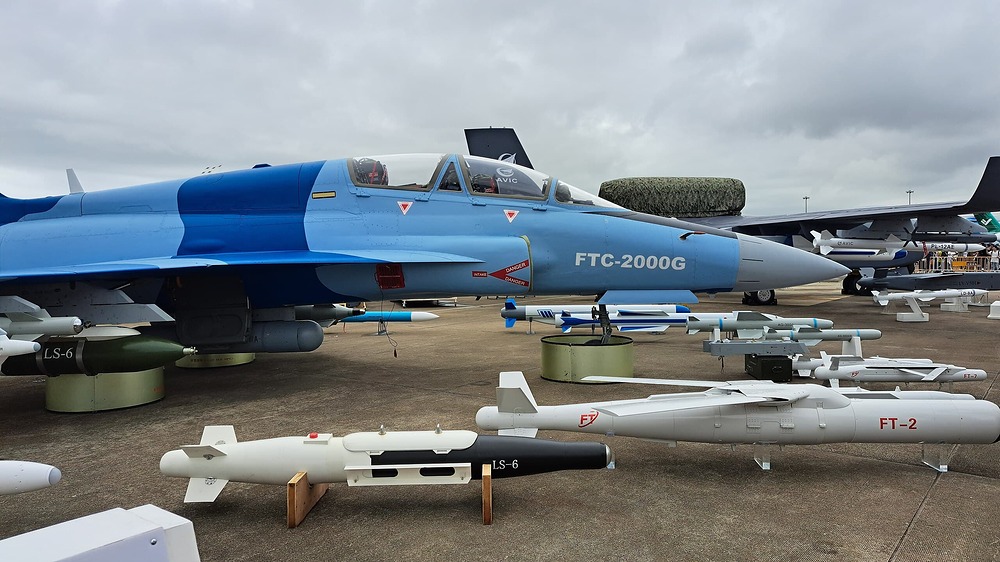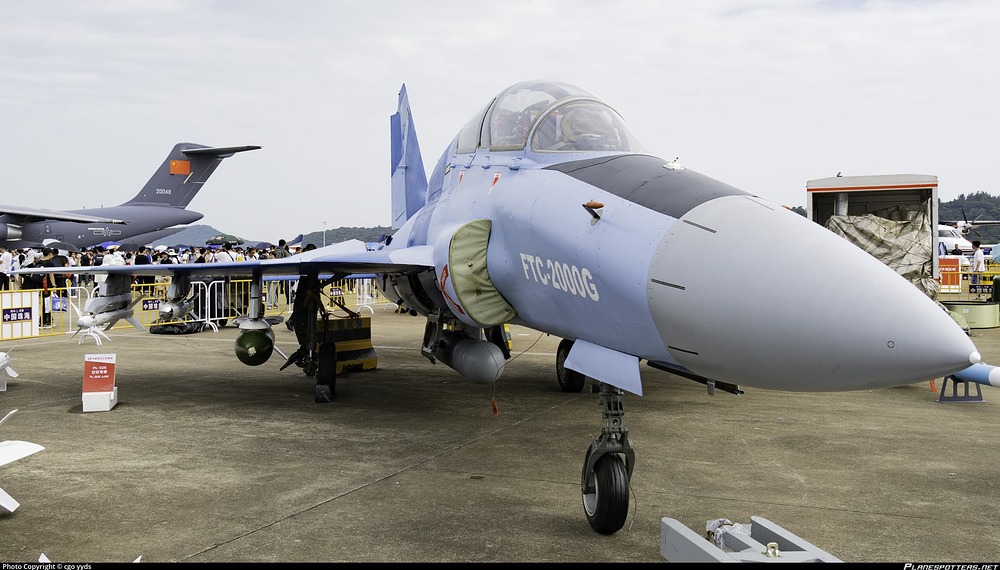- Yes
- No
Background
Spoiler
The JL-9 aircraft, an enhanced version of the JJ-7, was created at the 011 Base. During the 1980s, the JJ-7 aircraft was first showcased at an Air Show and later on, it started being exported. Building upon the JJ-7 model, the 011 Base managed to develop the JJ-7P aircraft in just 19 months, thus expanding its reach in the global market.
The JJ-7 aircraft continued to evolve, with new variations constantly in the works. Recognizing the need for a more advanced trainer aircraft that could bridge the gap between the JL-8 and third-generation fighter jets in the Chinese Air Force, the 011 Base took the initiative to finance the development of the “Shanying” advanced trainer aircraft, which was based on the JJ-7 model. The initial concept of this aircraft was to combine the development and training features of China’s basic trainer aircraft and third-generation fighter jets, catering to the training requirements of third-generation fighter pilots, along with certain combat capabilities. The JL-9 aircraft underwent redesigning of the wings, front fuselage, and air inlet, while maintaining the horizontal tail, vertical tail, rear fuselage, landing gear, and other body shapes and structures from the JJ-7A aircraft. Unlike the J-7II aircraft, the JL-9 advanced trainer aircraft features a distinct delta wing layout. It utilizes a high lift-to-drag ratio double delta wing aerodynamic layout similar to the J-7E/G series, enhancing take-off and landing performance as well as mid-low altitude flight capabilities. The aircraft incorporates an air intake layout under the ribs on both sides. The front cabin offers a downward viewing angle of 14 degrees, while the rear cabin provides a 5-degree downward viewing angle directly in front. This configuration effectively enhances the downward viewing angles of both cabins, improving flight training effectiveness and pilot work environment. Additionally, the aircraft features a wide viewing angle design, expanding the pilot’s field of vision significantly compared to the JJ-7 aircraft. It is equipped with front three-point landing gear, an integral arc windshield, a cover ejection rescue seat, and a detachable simulated air refueling plug, enabling the completion of training exercises such as air refueling.
The JL-9 aircraft successfully completed its inaugural flight on December 13, 2003. Subsequently, in July 2006, the Air Force granted approval for the ongoing advancement and refinement of this aircraft.
It is has yet to retire and is currently in use for training by the PLAAF and PLANAF.
The Export Model is Called FTC-2000
Technical Data
Specifications
Crew - 2 Pilots
Length - 14.554 m
Height - 4.103 m
Wingspan - 8.32 m
Gross Weight - 7,850 kg
Max Takeoff Weight - 9,500 kg
Engine - 1 x Guizhou Liyang - WP-13F (C) (43.5 kN Dry, 63.25 kN Wet)
Max Speed - 1,100 km/h at sea level.
Service Ceiling - 16,000 m
Max Range - 1,600 km
Rate of Climb - 150 m/s
Armament
1 x 23mm Gun pod (Center Pylon)
4 x 90mm HF-7D Rocket Pods
4 x Type 250-3 Bombs
4 x PL-5
4 x PL-8
4 x PL-9
3 x 420 L Drop Tanks
1 x 720 L Drop Tank (Center Pylon)
Avionics
2nd Gen RWR
JL-10GJ Radar
Countermeasures - Flare / Chaff (10-20)
Advanced Ballistic Computer
Images
Sources
Spoiler
(Book) Encyclopedia of Chinese Aircraft, Vol.3 (Page 222-224)
(Book) China’s Navy Ships and Aircraft of the People’s Republic of China, 1955 - 2021 (Page B-13)
Also made with aid from CaID’s Old Forum Post. (Please Note that this seems to be the combination of a few variants)
Other












